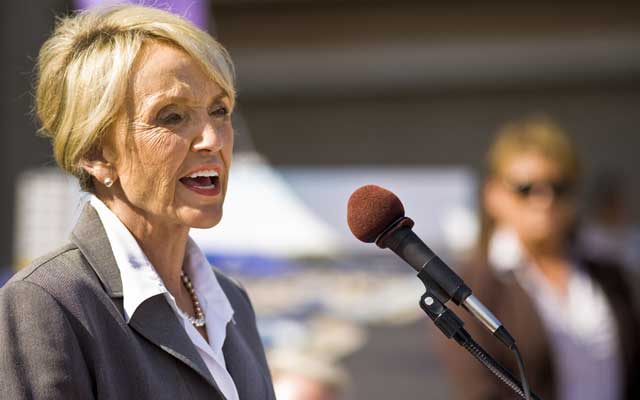Education Savings Account Expansion Brings School Choice to a New Level
Brittany Corona /
To Lynn McMurray, her children’s Education Savings Accounts mean freedom to build an educational regimen adapted to each of her three children’s individual needs.
Lynn and her husband, Tim, are the adoptive parents of Alecia, Uriah, and Valerie. Alecia struggles with the effects of fetal alcohol syndrome and requires additional life-skill assistance. Uriah and Valerie have mild forms of cerebral palsy but do not qualify for special education. Each child has different educational needs and struggle with one-size-fits-all education systems.
Arizona created education savings accounts (ESAs), known in that state as Empowerment Scholarship Accounts, in 2011. Parents with ESAs can use 90 percent of the state per-pupil education spending to pay for a variety of educational services and providers. In 2011, ESAs were made available to children with special needs. In 2013, Governor Jan Brewer (R) signed an expansion of the law to include children in Arizona’s foster care system, children from active-duty military families, and children from low-income families in underperforming schools.
Without the ESA expansion for foster care children, Uriah and Valerie would be unable to qualify for the ESA. Lynn recounts that Uriah was never tested for special needs and Valerie was half a point away from qualifying. Lynn says they would’ve “fallen through the cracks” at their public school.
“For some people, public school is great,” says Lynn, “but my children do better with one-on-one help.… When they get one-on-one help, they learn. They just have different needs.”
Not even one year into their ESA, Lynn already sees the difference educational choice makes for each of her children.
“Valerie works better with a schedule that matches her pace,” says Lynn. “She needs repetition. Right now she is learning about all 50 states and will stop people on the street to tell them Hawaii is a state.”
“Uriah is brilliant orally but was falling behind in everything [at public school]. They kept pushing him on.… He now loves to read, which is great because he didn’t while he was in school. He needed confidence, and the ESA gives him that.”
Lynn and Tim are now able to homeschool and hire tutors for Valerie and Uriah to help with math, music, and history. Both Valerie and Uriah are in fifth grade, but Uriah is moving at a faster pace than Valerie. With the ESA, Lynn and Tim can adapt teaching to each child’s pace and learning style.
Alecia’s needs are also being met with the ESA. “She said three complete sentences yesterday, and we almost fell off our chairs,” Lynn reported.
Alecia is now able to receive occupational therapy and speech and life skills. Prior to the ESA, Alecia was only able to go to therapy once a week. She is now able to go three times a week and is showing a lot of improvement.
For Lynn, the best thing about the ESA is that her children “want to learn and want to get up in the morning to learn.”
“Their confidence and their learning are huge,” she says, and it’s all thanks to their ESA.
Research shows that, when given the opportunity, parents will choose educational options that meet their children’s unique needs. During National School Choice Week 2014, we celebrate families like the McMurrays who now have this choice, and we are reminded of the thousands more that are still searching for the opportunity.
Lynn says it best: “The freedom ESAs give our family is the biggest blessing ever.”

